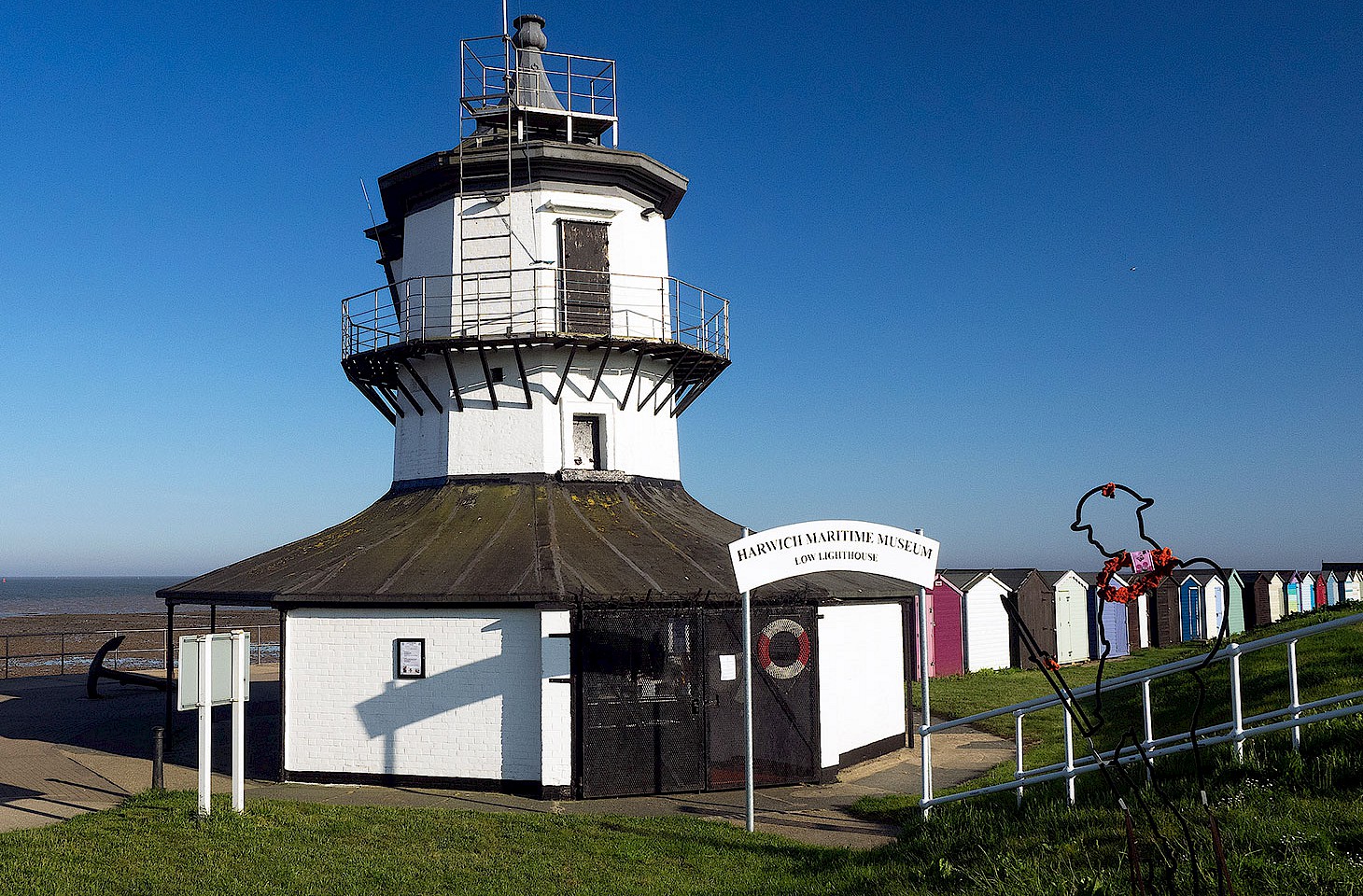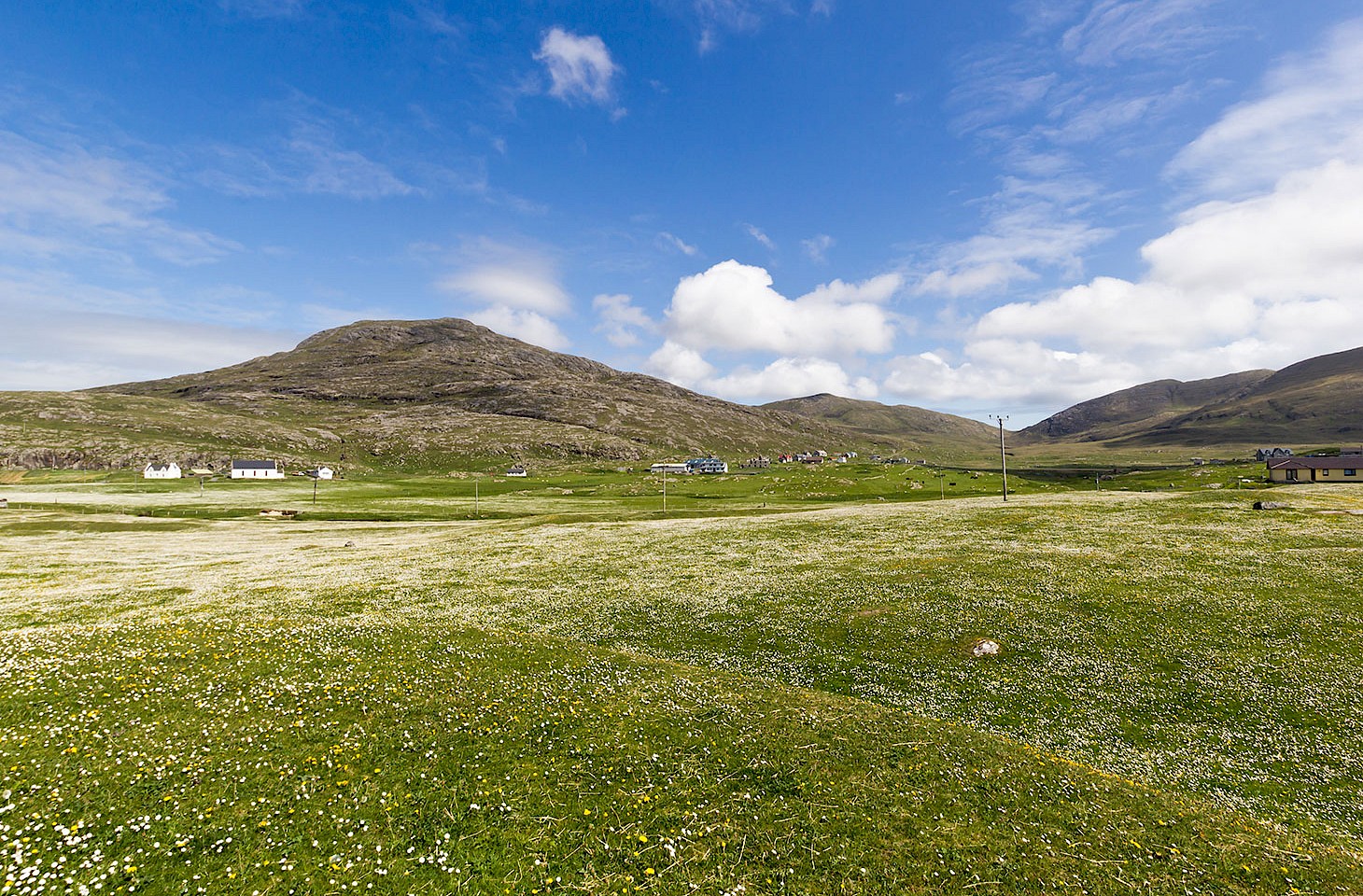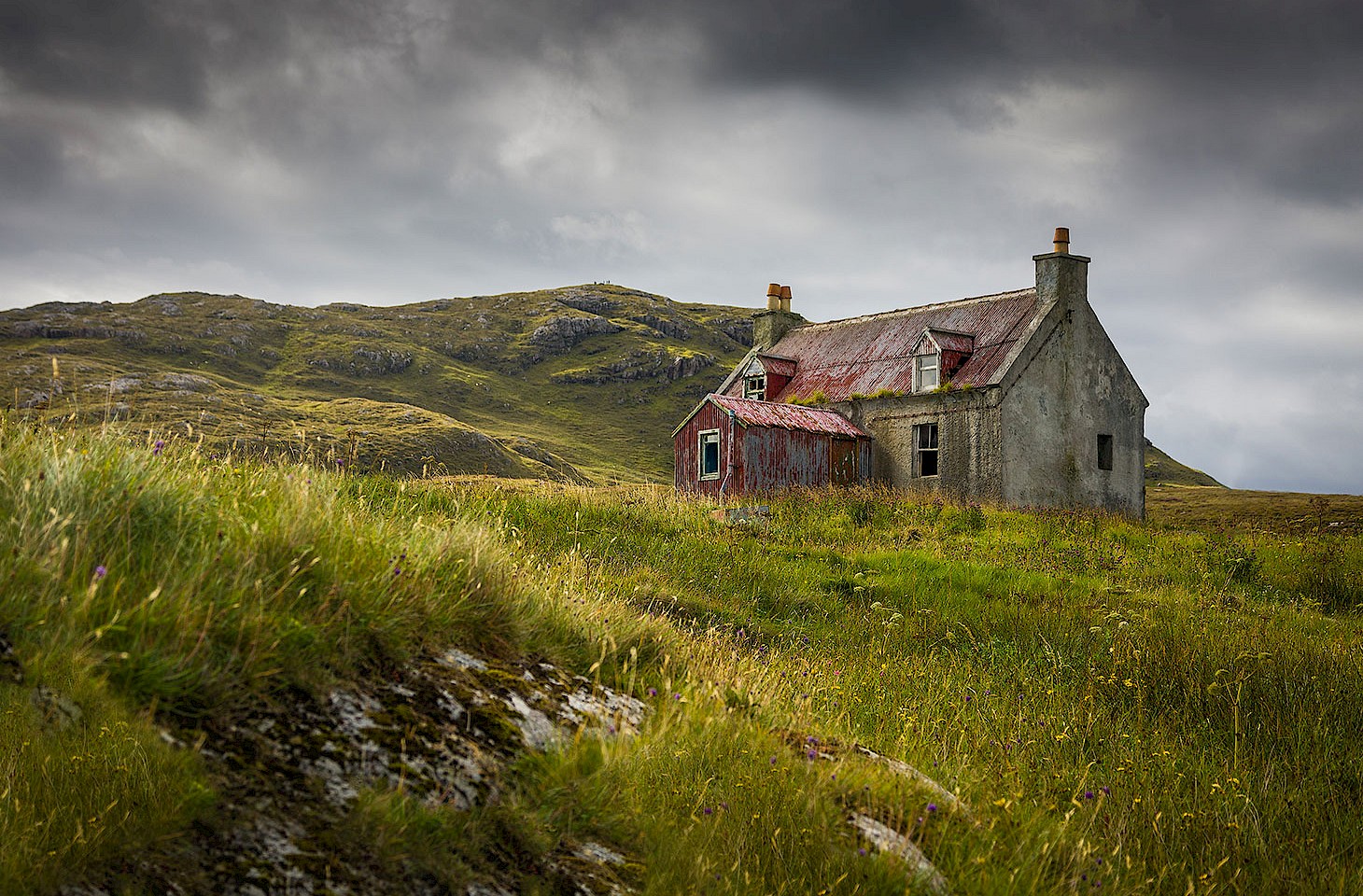Along a lofty ridge in the south London suburbs, Crystal Palace Parade is a grandiose approach road for the Crystal Palace, the capital's most cherished ghost. I can think of nowhere else where a vanished structure is quite so intensely and fondly remembered: more than seventy years after it burned down in 1936, the spectre of the old palace still completely dominates a district of London (that really is called Crystal Palace). The Berlin Wall or New York's Ground Zero respectively signify denial of freedom and a peculiarly modern tragedy. Dresden's Frauenkirche steadfastly refused to disappear from public memory and has now re-emerged - but where else is quite so tangible, has such positive associations as Crystal Palace and is at the same time so patently banished from our lives? Roads wind up to it from all directions, and half a dozen or so buses have their routes named after it. The New Zealand writer Janet Frame recalls in her autobiography, The Envoy from Mirror City, boarding a 137 bus to Crystal Palace drawn merely by the expectations the destination board gave her. What she would have found was a blank, inaccessible rectangle behind a bus terminus: hardly glamorous, but something for which south Londoners still have immense affection.
When I grew up in Sydenham in the sixties and seventies, the Crystal Palace site was a somewhat forbidding, fenced-off space littered with wartime rubble. It was years before I managed a peek inside, but adult talk all around me was of memories of the Palace and its spectacular downfall. Newspaper reports just after the great conflagration in 1936 made mention of "the plans already underway for the rebuilding of the Crystal Palace" but nothing ever happened.
I felt an innate sense of loss for something I had never seen. Right up to the nineteen seventies virtually the only postcards of the district that were on sale locally were ancient stock of pre-1936 views of the Palace: it seemed nothing else in Sydenham or Upper Norwood mattered or needed to be celebrated, only mourned; John Betjeman likened the Palace's departure to the loss of a close relation.




